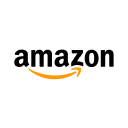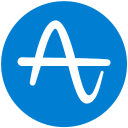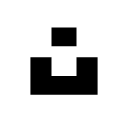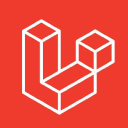How I Bootstrapped My Notion Form Builder $180K ARR
Hello! Who are you and what business did you start?
Hello, my name is Julien Nahum and I’m the founder of NoteForms, a SaaS company offering a form builder integration to Notion (the productivity software).
At the time of writing this, NotionForms has a total of 26k users, 850 paid subscribers, and an ARR of $182k.
It has been growing very steadily since its launch, and it’s now being used internally by quite a few huge tech companies!

What's your backstory and how did you develop the idea?
In May 2021, I left my job as an SDE at Amazon Web Services and moved back from London to Paris to focus on my projects. I did not have a specific project idea, I just wanted to give myself some time. I did have some savings (1~2 year), but my plan was not to use them. During my studies, I worked as a...

Download the report and join our email newsletter packed with business ideas and money-making opportunities, backed by real-life case studies.

Download the report and join our email newsletter packed with business ideas and money-making opportunities, backed by real-life case studies.

Download the report and join our email newsletter packed with business ideas and money-making opportunities, backed by real-life case studies.

Download the report and join our email newsletter packed with business ideas and money-making opportunities, backed by real-life case studies.

Download the report and join our email newsletter packed with business ideas and money-making opportunities, backed by real-life case studies.

Download the report and join our email newsletter packed with business ideas and money-making opportunities, backed by real-life case studies.

Download the report and join our email newsletter packed with business ideas and money-making opportunities, backed by real-life case studies.

Download the report and join our email newsletter packed with business ideas and money-making opportunities, backed by real-life case studies.






























